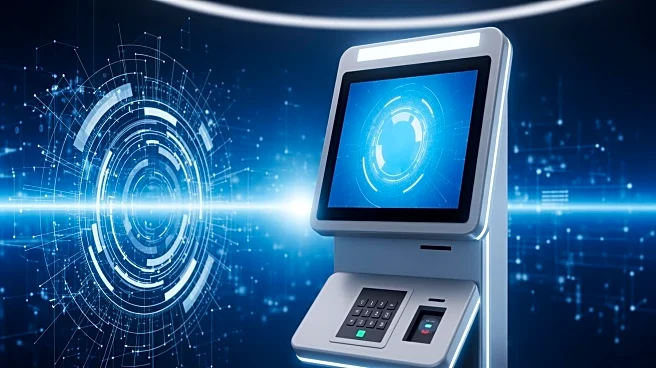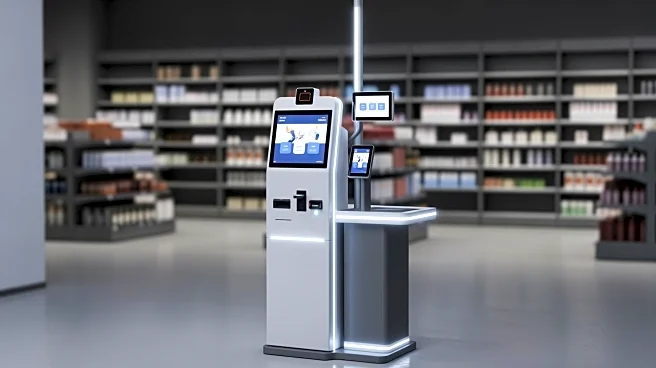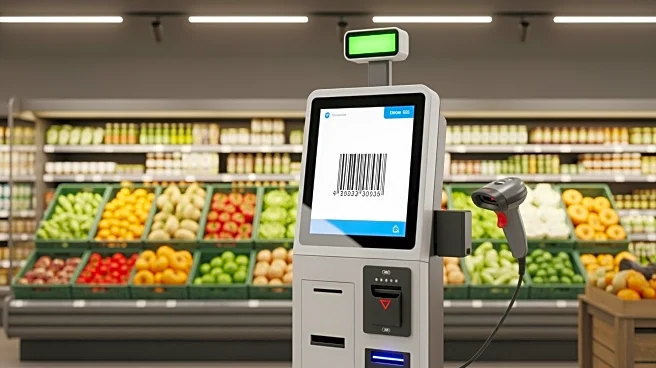What's Happening?
The latest research report by LP Information provides a comprehensive analysis of the global self-checkout systems market, projecting sales and trends through 2025. The report examines past sales data and forecasts future sales by region and market sector,
offering insights into the industry's growth trajectory. It highlights key trends in product segmentation, company formation, revenue, and market share, as well as mergers and acquisitions. The report also evaluates the strategies of leading global companies, focusing on their self-checkout systems portfolios, market entry strategies, and geographic footprints. The study provides a detailed analysis of market trends, drivers, and factors shaping the global outlook for self-checkout systems, breaking down forecasts by type, application, geography, and market size.
Why It's Important?
The growth of the self-checkout systems market is significant for several reasons. As retailers and service providers increasingly adopt these systems to enhance customer experience and reduce operational costs, understanding market trends and forecasts becomes crucial for stakeholders. The report's insights into market drivers and opportunities can help businesses make informed decisions about investments and strategies. Additionally, the analysis of key players and their market positions provides valuable information for companies looking to enter or expand in the self-checkout systems market. The report's focus on emerging technologies and market opportunities highlights potential areas for innovation and growth, which could lead to increased efficiency and customer satisfaction in retail environments.
What's Next?
The report suggests that the self-checkout systems market will continue to evolve, with new technologies and applications emerging. Companies are likely to focus on enhancing system capabilities and expanding their geographic reach to capture new market opportunities. As the market grows, competition among key players may intensify, leading to further innovation and strategic partnerships. Stakeholders should monitor developments in technology and consumer preferences to stay ahead in this dynamic market. Additionally, the impact of external factors such as the COVID-19 pandemic and geopolitical events like the Russia-Ukraine war may influence market dynamics and require adaptive strategies.














